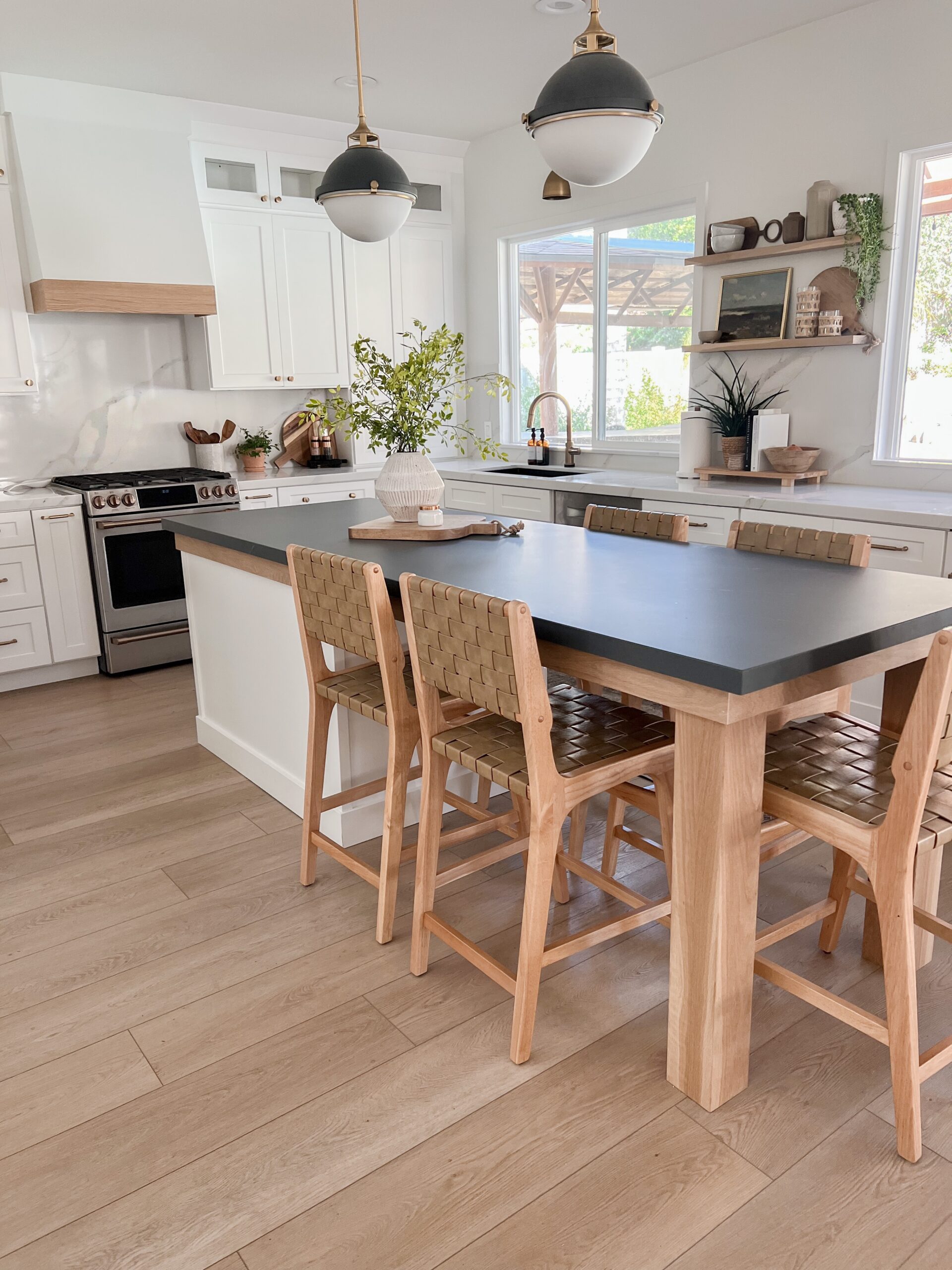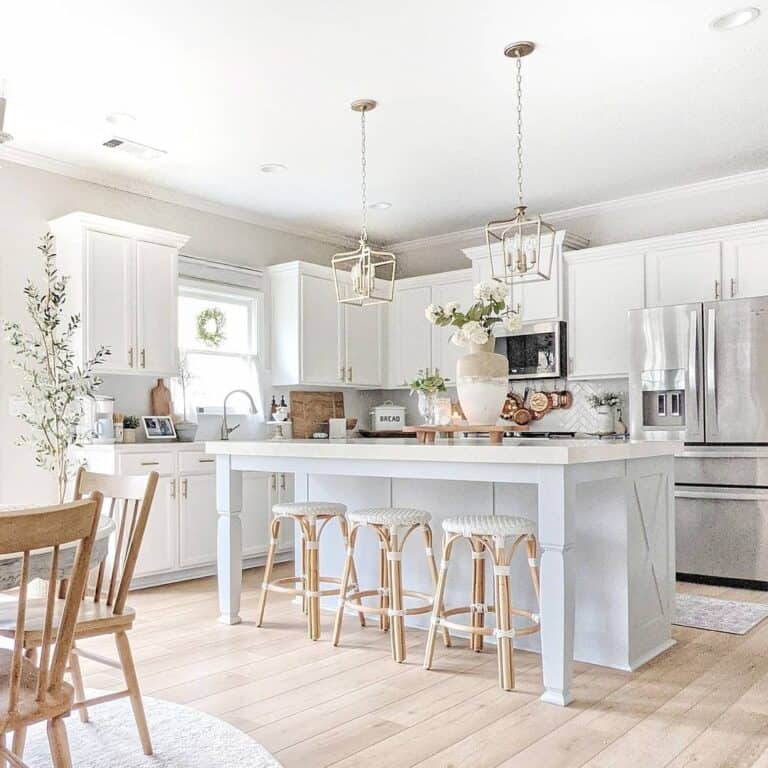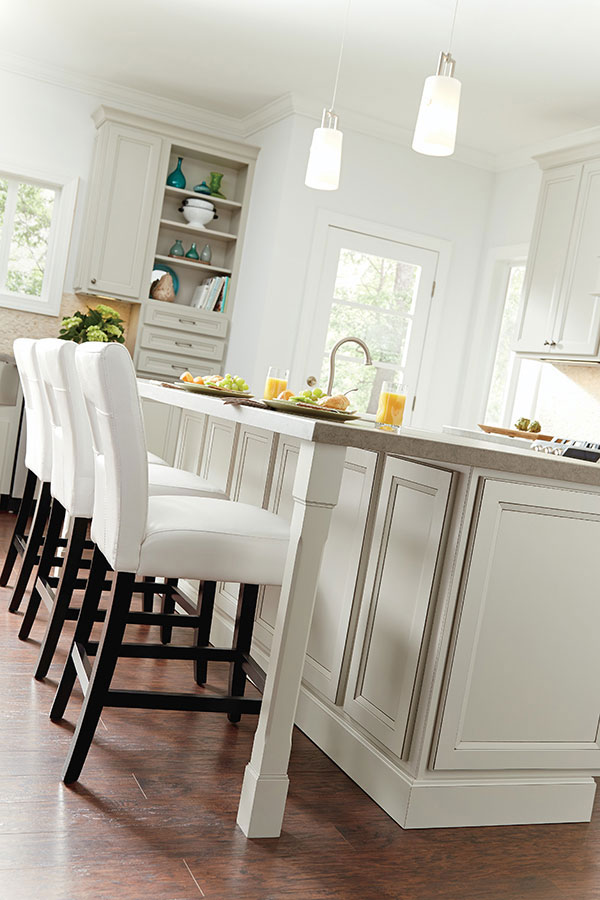Upgrade Your Kitchen's Visual with Costs Legs For Kitchen Island
Upgrade Your Kitchen's Visual with Costs Legs For Kitchen Island
Blog Article
Vital Elements to Consider When Picking Legs For Cooking Area Island
Choosing the suitable legs for a kitchen island entails a cautious assessment of multiple aspects that can substantially influence both capability and visual appeal. Amongst these, the option of material plays a crucial function in ensuring longevity, while the style should enhance the existing design. Furthermore, factors to consider such as height and weight assistance are vital for security and comfort. As we check out these components, it ends up being clear that each choice can have significant effects for the overall cooking area experience. What nuances should be taken into consideration in each of these categories to accomplish the perfect equilibrium?
Material Options
When choosing legs for a cooking area island, understanding the various product alternatives is essential for accomplishing both visual allure and architectural integrity (Legs For Kitchen Island). The choice of material substantially affects not just the durability of the island however likewise its general layout and capability
Wood is a popular choice, providing warmth and adaptability. Strong woods, such as oak or maple, give toughness and can be stained or painted to match the kitchen decor. Metal legs, frequently made from stainless steel or wrought iron, contribute a industrial and modern feel while ensuring longevity and security. These products are immune to put on and can sustain considerable weight, making them suitable for bigger islands.
Another choice is engineered materials, like MDF or plywood, which can be a lot more economical while still providing a range of finishes. Nonetheless, they might not offer the same degree of stability as solid timber or metal. Products such as acrylic or glass can create a modern look, though they might need added support to ensure security.
Ultimately, the option of material for cooking area island legs ought to align with the preferred functionality and the general theme of the cooking area.
Style and Style

When thinking about style, the shape and finish of the legs are crucial. Tapered legs can provide a sense of agility and style, while thicker, extra durable legs can communicate stamina and stability. Additionally, the finish-- be it repainted, tarnished, or all-natural-- must match the cabinetry and countertop products to produce a unified look.
Furthermore, the design of the legs can additionally mirror personal taste. Personalized or attractive legs, such as those featuring elaborate carvings or unique geometric forms, can serve as prime focus, including personality and personality to the kitchen. Inevitably, the ideal choice will certainly not only enhance capability however also boost the aesthetic allure, making the kitchen area island a standout feature of the home.
Elevation Considerations
Selecting the appropriate height for cooking area island legs is crucial, as it directly influences both functionality and comfort. The typical height for a kitchen area island commonly ranges from 36 to 42 inches, lining up with typical kitchen counter heights.

It is additionally important to account for customers' elevations and preferences. Tailoring the height can ensure a comfy experience for all member of the family, making the kitchen island an extra pleasurable and useful area.
Weight Support
Making sure sufficient weight assistance for kitchen island legs is crucial for both safety and capability. The kitchen island commonly serves numerous functions, including food prep work, eating, and additional storage space, requiring a durable support framework. When choosing legs, it is essential to take into consideration the general weight capacity called for based on the island's meant usage and the products that will be positioned on it.
The choice of material for the legs plays a significant duty in their weight-bearing abilities. Strong timber, metal, and heavy-duty compounds usually offer premium strength compared to lighter materials. Furthermore, the layout of the legs-- whether they are straight, tapered, or have a you can try these out pedestal form-- can influence their capacity to disperse weight properly throughout the structure.
Always speak with the producer's specifications regarding load restrictions to make certain that the legs can maintain the designated weight without jeopardizing safety. In summary, picking kitchen area island legs with sufficient weight support is essential for creating a practical and safe cooking area.
Installation and Upkeep
Proper setup and maintenance of kitchen area island legs are critical for making sure longevity and security. This often includes securing the legs to the island base utilizing ideal fasteners, making certain that the legs are level and lined up.
As soon as set up, normal maintenance is required to maintain the integrity and appearance of the legs - Legs For Kitchen Island. For wood legs, periodic cleaning with a moist towel and application of suitable timber gloss can protect against dampness damages and keep their coating. Metal legs might need a mild cleaning solution to get rid of oil and gunk, followed by a completely dry cloth to avoid corrosion formation
In click for source addition, inspect the legs frequently for indications of wear or damages, such as fractures or loosened joints. Tightening up screws or screws as needed can likewise extend the life expectancy of the legs. By sticking to these setup and maintenance methods, property owners can make sure that their kitchen area island stays durable and visually appealing for many years to come.
Conclusion

Aesthetic coherence is vital in picking the design and layout of legs for a kitchen island, as these elements significantly influence the general atmosphere of the area. Conical legs can supply a feeling of agility and style, while thicker, extra durable legs can share toughness and security.Picking the ideal elevation for cooking area island legs is crucial, as it straight influences both capability and convenience. In recap, choosing kitchen area island legs with sufficient weight support is important for creating a functional and secure cooking area.
In final thought, selecting legs for a kitchen island necessitates mindful factor to consider of different elements, including product choices, style, height, weight assistance, and setup.
Report this page